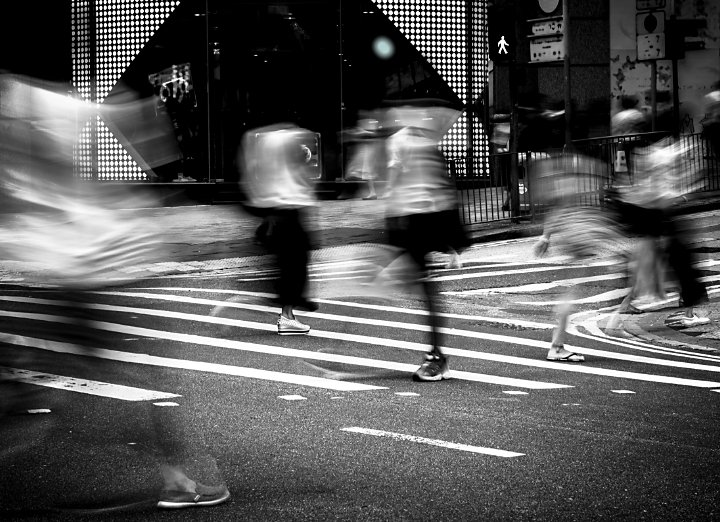Some Known Details About Framing Streets
Table of ContentsNot known Incorrect Statements About Framing Streets The smart Trick of Framing Streets That Nobody is Talking AboutExamine This Report about Framing StreetsThe Best Guide To Framing Streets10 Simple Techniques For Framing StreetsMore About Framing Streets
, generally with the objective of recording photos at a decisive or emotional minute by careful framework and timing. https://framingstreets1.carrd.co/.
The 6-Second Trick For Framing Streets
Susan Sontag, 1977 Road photography can concentrate on people and their behavior in public. In this respect, the road professional photographer resembles social documentary photographers or photographers that also operate in public places, but with the goal of recording newsworthy occasions. Any one of these photographers' images may record people and residential or commercial property visible within or from public areas, which frequently requires browsing ethical issues and legislations of personal privacy, security, and residential or commercial property.
Depictions of day-to-day public life create a style in nearly every duration of world art, beginning in the pre-historic, Sumerian, Egyptian and very early Buddhist art durations. Art managing the life of the road, whether within sights of cityscapes, or as the leading theme, shows up in the West in the canon of the Northern Renaissance, Baroque, Rococo, of Romanticism, Realistic look, Impressionism and Post-Impressionism.
The Definitive Guide for Framing Streets
Louis Daguerre: "Boulevard du Holy place" (1838 or 1839) In 1838 or 1839 the first photograph of numbers in the street was recorded by Louis-Jacques-Mand Daguerre in among a pair of daguerreotype sights drawn from his workshop window of the Blvd du Temple in Paris. The 2nd, made at the height of the day, reveals an unpopulated stretch of road, while the other was taken at regarding 8:00 am, and as Beaumont Newhall reports, "The Boulevard, so continuously loaded with a moving bunch of pedestrians and carriages was completely singular, other than a person who was having his boots combed.
Consequently his boots and legs were well specified, but he lacks body or head, because these remained in motion." Charles Ngre, waterseller Charles Ngre. https://worldcosplay.net/member/1702028 was the very first photographer to achieve the technological sophistication called for to register people in activity on the road in Paris in 1851. Professional Photographer John Thomson, a Scotsman collaborating with journalist and social lobbyist Adolphe Smith, released Street Life in London in twelve regular monthly installations beginning in February 1877
What Does Framing Streets Mean?
Eugene Atget is considered a progenitor, not because he was the initial of his kind, yet as a result of the popularisation in the late 1920s of his record of Parisian streets by Berenice Abbott, who was influenced see to embark on a comparable paperwork of New york city City. [] As the city established, Atget assisted to promote Parisian streets as a worthy subject for photography.

Some Known Details About Framing Streets
Martin is the very first recorded photographer to do so in London with a masked camera. Mass-Observation was a social research study organisation established in 1937 which intended to videotape daily life in Britain and to videotape the reactions of the 'man-in-the-street' to King Edward VIII's abdication in 1936 to wed divorce Wallis Simpson, and the succession of George VI. The principal Mass-Observationists were anthropologist Tom Harrisson in Bolton and poet Charles Madge in London, and their first record was generated as the book "May the Twelfth: Mass-Observation Day-Surveys 1937 by over 2 hundred viewers" [] Window cleaner at Kottbusser Tor, Berlin, by Elsa Thiemann c. 1946 The post-war French Humanist College professional photographers located their subjects on the street or in the bistro. Andre Kertesz.'s widely admired Images la Sauvette (1952) (the English-language edition was entitled The Definitive Moment) promoted the concept of taking an image at what he labelled the "crucial minute"; "when kind and web content, vision and composition merged into a transcendent whole" - Lightroom presets.
Framing Streets for Beginners
, then an instructor of young kids, linked with Evans in 193839.'s 1958 book,, was significant; raw and typically out of emphasis, Frank's photos examined mainstream photography of the time, "challenged all the formal policies laid down by Henri Cartier-Bresson and Pedestrian Evans" and "flew in the face of the wholesome pictorialism and wholehearted photojournalism of American publications like LIFE and Time".